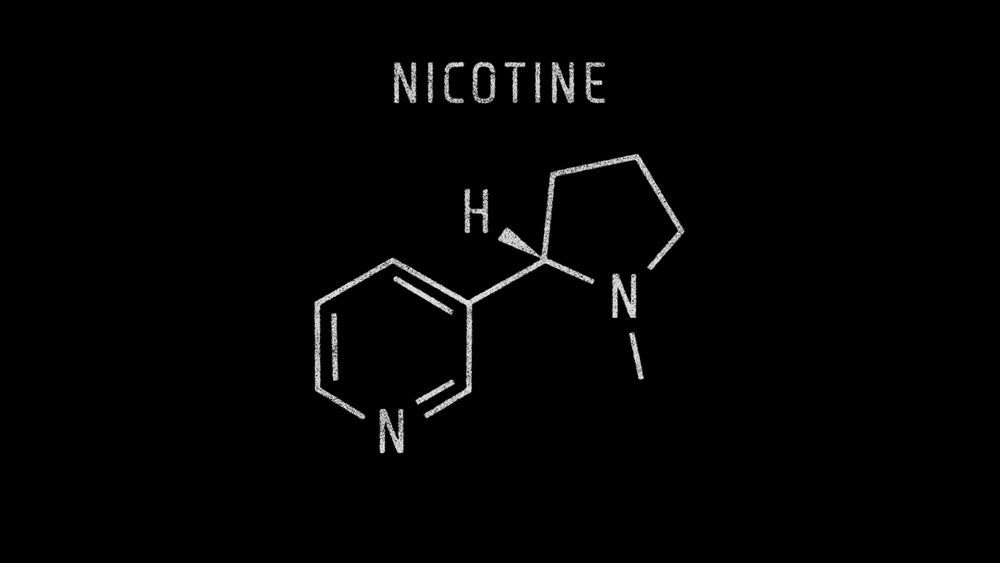The excessive use of nicotine-containing products is referred to in medical parlance as nicotine abuse or nicotine addiction. We want to educate what nicotine abuse is, what forms it takes, and how nicotine can be ingested in a less risky way. Smokers and users of other nicotine-containing products should be aware of the symptoms and effects of nicotine abuse.
What is nicotine abuse?
Nicotine abuse is a strong physical and psychological dependence on nicotine. Normally, this describes the harmful use of cigarettes, e-cigarettes or other tobacco-containing products. Those who suffer from nicotine addiction can no longer function normally in everyday life without the regular intake of nicotine.
Since high nicotine use has serious health consequences, a medical diagnosis is necessary to initiate treatment. Due to the high dependence potential of nicotine, its use is considered abuse.
How does nicotine addiction occur?
The use of nicotine acts on different receptors in the brain and a number of physiological processes are triggered. Among other things, dopamine is increasingly released and consumers feel a sense of well-being. The body begins to develop more receptors with regular nicotine intake.
If the supply of nicotine suddenly stops, withdrawal symptoms such as increased irritability or restlessness develop. Other symptoms include insomnia, hunger pangs and concentration problems.
What are the symptoms and effects of nicotine abuse?
The body gets used to nicotine consumption step by step and learns to process the substance. As a result, a consumer now needs a higher amount of nicotine to achieve the same effect. This is one of the symptoms of nicotine abuse, the others include:
- Strong craving for nicotine-containing products
- Loss of control over the amount of nicotine
- Withdrawal symptoms occur when consumption stops
- Consumption is continuously increased
- Neglect of other hobbies or interests
- Smoking cessation cannot be achieved without help
Since cigarettes contain over 40 carcinogenic substances, smokers rapidly increase the risk of cancer. Furthermore, smoking causes vasoconstriction and tar settles in the lungs. This can lead to chronic bronchitis. The narrow vessels also increase the risk of stroke.
What are the different forms of nicotine use?
The most common form of nicotine use is, of course, smoking. In the EU, one in four citizens is a smoker. The Scandinavian countries of Denmark, Norway, Sweden, Iceland and Finland have the lowest number of smokers. Other common forms of nicotine use include:
- Cigar smoking
- E-cigarettes
- Pipe smoking
- Chewing tobacco
- Snuff
Are there less risky ways to ingest nicotine?
One of the reasons why the number of smokers in Scandinavia is so low is the long-standing tradition of snus. Snus consists of ground tobacco and is placed in small pouches or portions under the upper lip. Because snus is not lit, it produces fewer harmful substances than smoking, which reduces the harmfulness of snus by about 95% compared to cigarettes. Unlike smoking, the people around you are not disturbed by the smoke.
In addition, the nicotine content can be gradually reduced, as snus products come in different strengths. Mild varieties have a nicotine content of 4 to 8 mg/g and now there is even snus without nicotine. If you are looking for an alternative to snus containing tobacco, you will also find it here, because white snus or also called Nicotine Pouches are completely free of tobacco and do not discolor the fingers and teeth.
Conclusion - Nicotine abuse - A strong dependence with health consequences
Nicotine abuse is a strong dependence on nicotine-containing products and entails a whole range of devastating health consequences. To stop nicotine addiction, either an abrupt smoking cessation can be initiated or a gradual reduction of nicotine.
Snus is a less risky alternative to cigarettes. Snus contains fewer toxins and does not put as much strain on the lungs because it is not burned when consumed. You can buy snus in different strengths and thus reduce the amount continuously.




 Dieses Produkt schädigt Ihre Gesundheit und macht stark abhängig.
Dieses Produkt schädigt Ihre Gesundheit und macht stark abhängig.